
AllQuestion and Answers: Page 349
Question Number 186439 Answers: 1 Comments: 1

Question Number 186437 Answers: 1 Comments: 2
Question Number 186419 Answers: 3 Comments: 0
Question Number 186416 Answers: 1 Comments: 1

Question Number 186410 Answers: 1 Comments: 1

Question Number 186403 Answers: 0 Comments: 0

Question Number 186402 Answers: 1 Comments: 0

Question Number 186401 Answers: 1 Comments: 0
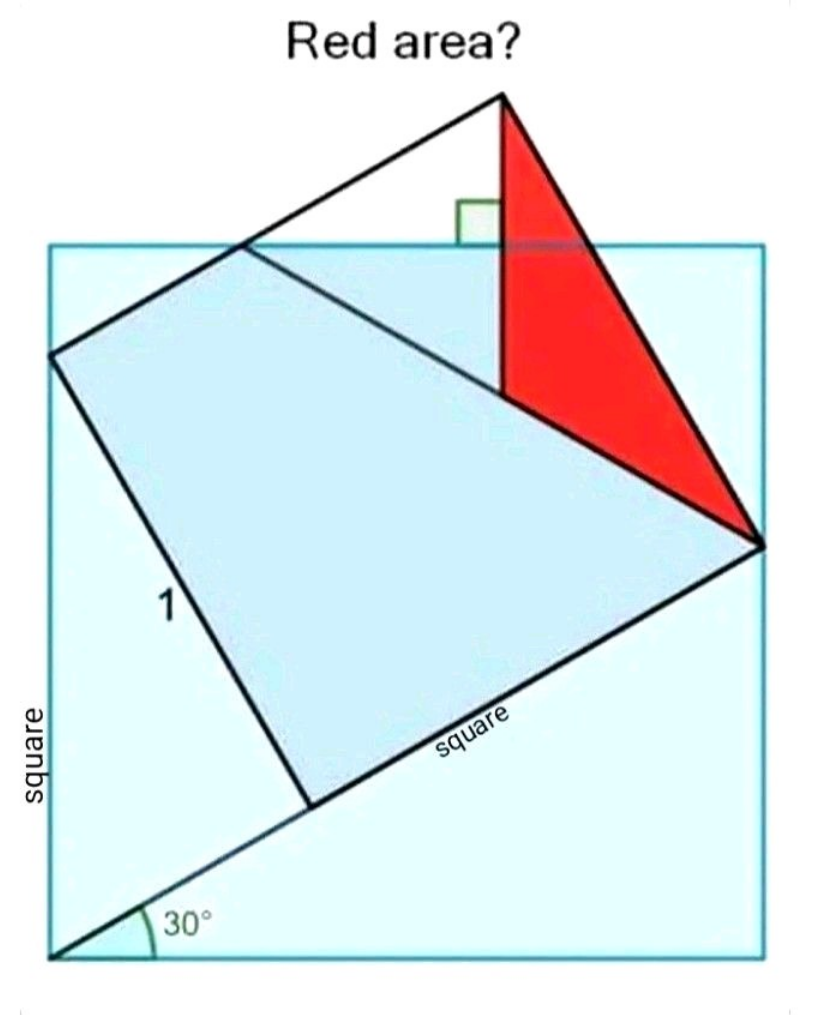
Question Number 186399 Answers: 1 Comments: 0

Question Number 186376 Answers: 1 Comments: 0

Question Number 186370 Answers: 1 Comments: 0
Question Number 186361 Answers: 1 Comments: 1

Question Number 186359 Answers: 2 Comments: 0
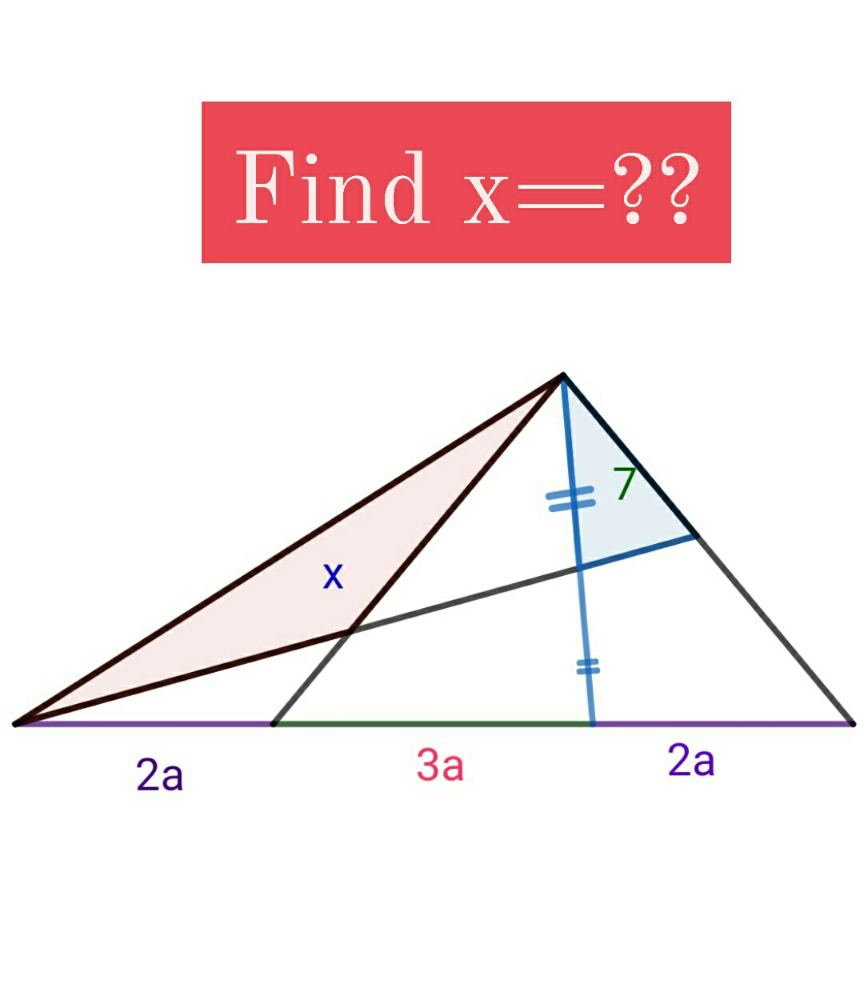
Question Number 186348 Answers: 0 Comments: 2
Question Number 186347 Answers: 1 Comments: 1
Question Number 186346 Answers: 0 Comments: 0
Question Number 186345 Answers: 1 Comments: 0
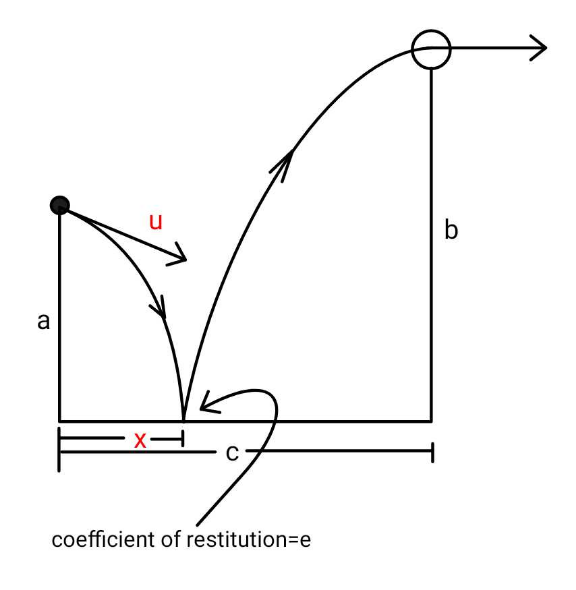
Question Number 186337 Answers: 1 Comments: 1

Question Number 186331 Answers: 0 Comments: 5
Question Number 186330 Answers: 0 Comments: 1
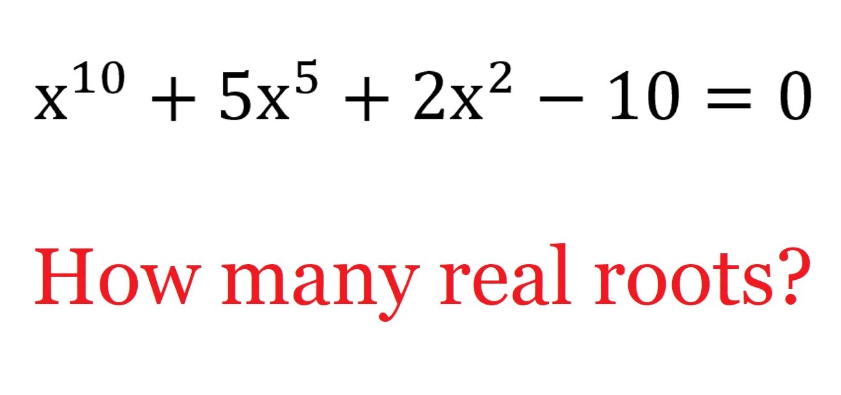
Question Number 186329 Answers: 1 Comments: 0

Question Number 186327 Answers: 0 Comments: 0
Question Number 186323 Answers: 1 Comments: 1
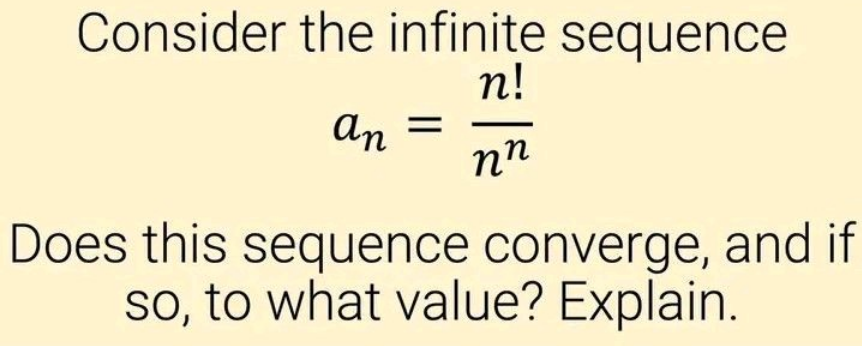
Question Number 186322 Answers: 1 Comments: 0

Question Number 186321 Answers: 3 Comments: 0

Question Number 186320 Answers: 1 Comments: 0

Pg 344 Pg 345 Pg 346 Pg 347 Pg 348 Pg 349 Pg 350 Pg 351 Pg 352 Pg 353
